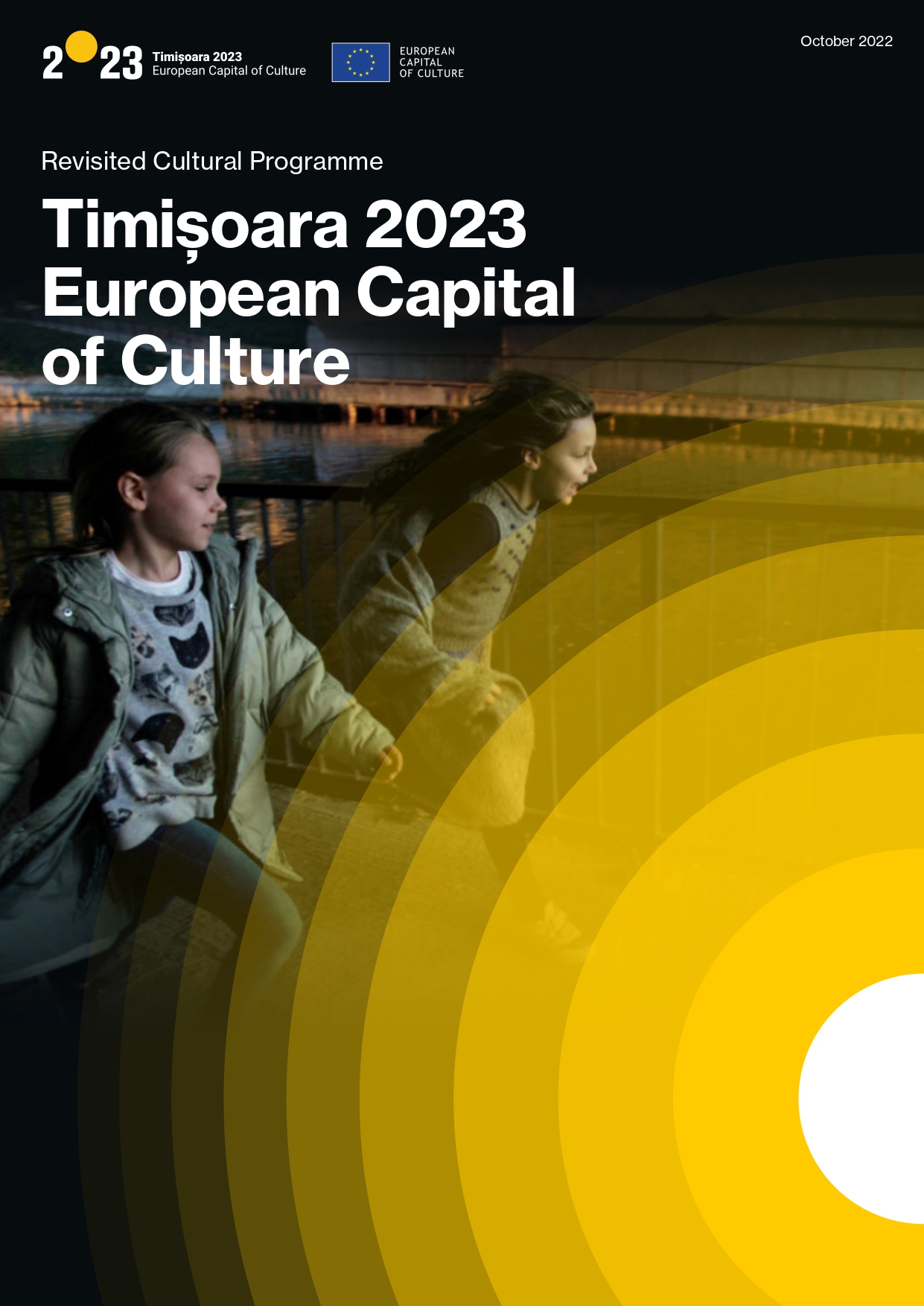“You cannot resist cultural diversity, it just happens in everyday life anyway,” says Brindusa Armanca, Romanian journalist and university professor, former director of the Romanian Cultural Institute in Budapest, with whom we were speaking in Hungarian.
Timisoara will be one of the European Capitals of Culture in 2023. What distinguishes it from previous capitals of culture?
The whole world remembers that a revolution began in Timisoara in 1989, changing the history of the city, Romania and even of Europe. Another characteristic feature of Timisoara is being a truly multicultural city. It used to be an Austrian settlement, Germans and Hungarians lived here, and later it became part of Romania. The families themselves are multicultural here, with Serbs, Hungarians and Romanians within the same family for example. It was never an issue what language people spoke or to what religion they belonged. All this is reflected in the Capital of Culture events. Among other things, there is an exhibition of Romanian surrealist painter Victor Brauner who is of Jewish origin and emigrated to France; during the communist era, his works were not allowed to be exhibited in Romania. Timisoara is also called the Green City thanks to its many parks and green spaces, and the City of Roses as well. In the 19th century there were two aristocratic families who started growing roses and sent them from Timisoara to the whole Habsburg Empire, at the same time breeding new varieties. Timisoara is also called Little Vienna as the city was built by the Austrians according to the plans of Vienna. The layouts of the two cities are very close, with boulevards similar to the ring, and many buildings in Timisoara are copies of Vienna constructions.
How Romanian or European is the series of programmes?
As a journalist, I have repeatedly criticised the organisers, because I had the impression that the European spirit was somehow lost. The people of Timisoara feel very European and they think that it is enough – but it is not, there are other ways to show how Europeans we are. Of course, this is not easy because a lot of events are happening in many different places. I primarily criticised the programmes for not being diverse enough. Naturally, what makes the whole story difficult is the fact that the government sponsors events with very little money.

Brindusa Armanca interviewing local citizens on the importance of regional cooperation on a train in Timisoara
How do you see the future of ethnic and cultural diversity in Europe?
In the current situation, diversity is only getting stronger. In Romania, we are facing a shortage of labour because so many people have emigrated. In Kaufland supermarkets, for example, there are many young Pakistani employees, and in the construction industry you can see workers from Arab countries or from Vietnam. I know what politicians says in certain countries, but you simply cannot resist this phenomenon: in democracies, people are free to make friends, to make love, to get married. My husband is half Serbian, half Romanian, and I speak both Hungarian and Serbian. Fortunately, there have never been ethnic conflicts in Timisoara, and I hope that it will remain like this. Extreme nationalist parties have not won elections here since 1989. Let us not forget that the mayor of Timisoara is a young German gentleman from Germany who was elected by local residents in 2020. His wife is a Chinese diplomat who previously worked in Germany. We did not think this could happen, but the mayor is a really smart European person. I hope that Timisoara can set an example with this as well.
Official website of Timisoara 2023 European Capital of Culture
